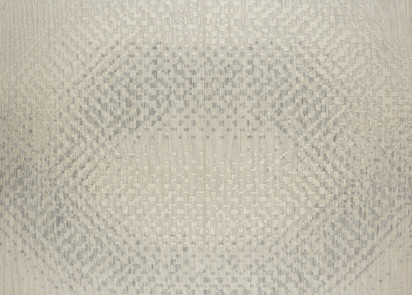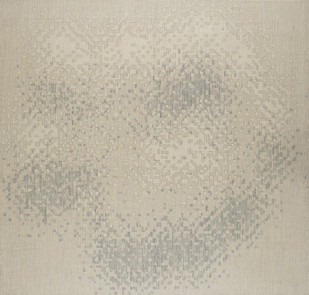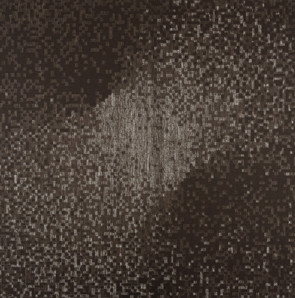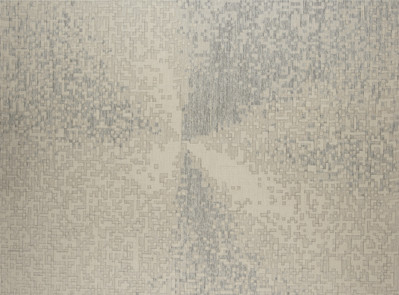Manish Nai - Recent Works
22 Apr - 06 Jun 2009

Manish Nai: Untitled, 2008, jute collage over gateway tracing paper and jute cloth, 137x190,5cm (Detail)
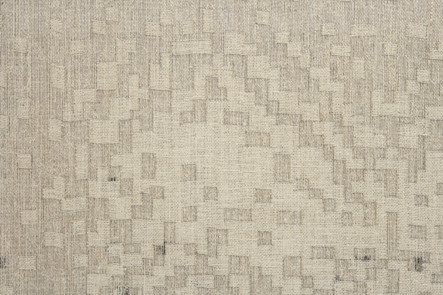
Manish Nai: Untitled, 2008, jute collage over gateway tracing paper and jute cloth, 160x167,6cm (Detail)
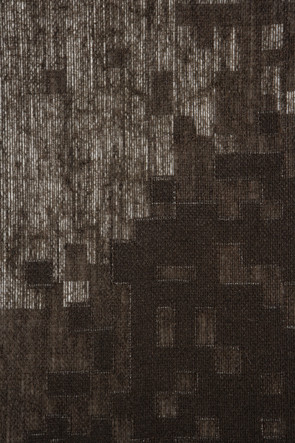
Manish Nai: Untitled, 2008, jute collage over gateway tracing paper and jute cloth, 146x146cm (Detail)
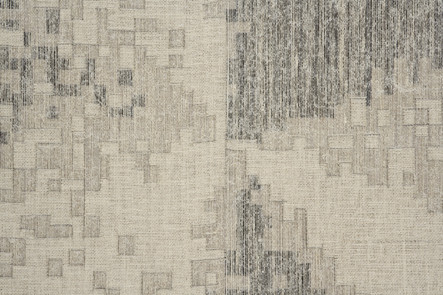
Manish Nai: Untitled, 2008, jute collage over gateway tracing paper and jute cloth, 141x190,5cm (Detail)
Galerie Karsten Greve Cologne is pleased to announce the first solo show of Indian artist Manish Nai in Europe. We cordially invite you to join us for the private view on the occasion of the gallery openings Art Cologne:
April 22nd, 2009, 6 – 10 pm
Galerie Karsten Greve, Wallrafplatz 3
(the artist will be present)
Manish Nai was born in Gujarat in 1980; he lives and works in Mumbai. Nai is one of the very few abstract positions of the contemporary Indian art scene, which is rather known for colourful and narrative works. In contrast to this, Manish Nai uses only a small palette of natural tones and geometric forms to create his wall objects.
Alike as in the Arte Povera movement – which is highly appreciated by the artist – Manish Nai works with an every day life material: Jute.
Additionally, Nai uses the Computer to create his works. In a very subtle and aesthetic way he reflects on one of the very important topics of nowadays: The environmental pollution and destruction.
In 2001, Nai graduates at L.S. Raheja School of Art, Mumbai.
But not only for this reason, the year 2001 is a starting point in developing his artistic language: Manish Nai’s father loses his jute wholesale trade in the same year because of cheap plastic imports. Jute represents the long tradition of handicraft and use of natural materials in India to the artist. Furthermore, jute is very much linked with Nai’s personal socialization and he has now access to plenty of it.
During the following years, Manish Nai paints oil on jute. After this, he starts with collaging jute and gateway tracing paper next to each other.
Finally, he builds his works by layers of jute and gateway tracing paper.
In July 2006, the artist’s studio is flooded. All the works and his complete jute stock are destroyed. But instead of feeling desperately on this, he has an idea when seeing all the jute threads swimming in the water: From now on, he creates works, which seem to be 3-dimensional. At the same time, Manish Nai starts to design the sketches for his works on the computer. By this, the usual working process (a drawing is manufactured by the computer) is reversed.
There is demanded highly craftsmanship by the artist: If he cuts only a millimetre too far, the whole work is spoiled.
In 2008 Manish Nai starts do create jute sculptures. They are made of the threads he tears out of his wall objects – also as a statement against wasting material.
The exhibition is curated by Julia Ritterskamp.
For any further information or images please feel free to contact us
(Julia Ritterskamp, julia@jr-art.de; phone: 0211-1372956, mobile: 0176-21694365)
April 22nd, 2009, 6 – 10 pm
Galerie Karsten Greve, Wallrafplatz 3
(the artist will be present)
Manish Nai was born in Gujarat in 1980; he lives and works in Mumbai. Nai is one of the very few abstract positions of the contemporary Indian art scene, which is rather known for colourful and narrative works. In contrast to this, Manish Nai uses only a small palette of natural tones and geometric forms to create his wall objects.
Alike as in the Arte Povera movement – which is highly appreciated by the artist – Manish Nai works with an every day life material: Jute.
Additionally, Nai uses the Computer to create his works. In a very subtle and aesthetic way he reflects on one of the very important topics of nowadays: The environmental pollution and destruction.
In 2001, Nai graduates at L.S. Raheja School of Art, Mumbai.
But not only for this reason, the year 2001 is a starting point in developing his artistic language: Manish Nai’s father loses his jute wholesale trade in the same year because of cheap plastic imports. Jute represents the long tradition of handicraft and use of natural materials in India to the artist. Furthermore, jute is very much linked with Nai’s personal socialization and he has now access to plenty of it.
During the following years, Manish Nai paints oil on jute. After this, he starts with collaging jute and gateway tracing paper next to each other.
Finally, he builds his works by layers of jute and gateway tracing paper.
In July 2006, the artist’s studio is flooded. All the works and his complete jute stock are destroyed. But instead of feeling desperately on this, he has an idea when seeing all the jute threads swimming in the water: From now on, he creates works, which seem to be 3-dimensional. At the same time, Manish Nai starts to design the sketches for his works on the computer. By this, the usual working process (a drawing is manufactured by the computer) is reversed.
There is demanded highly craftsmanship by the artist: If he cuts only a millimetre too far, the whole work is spoiled.
In 2008 Manish Nai starts do create jute sculptures. They are made of the threads he tears out of his wall objects – also as a statement against wasting material.
The exhibition is curated by Julia Ritterskamp.
For any further information or images please feel free to contact us
(Julia Ritterskamp, julia@jr-art.de; phone: 0211-1372956, mobile: 0176-21694365)

